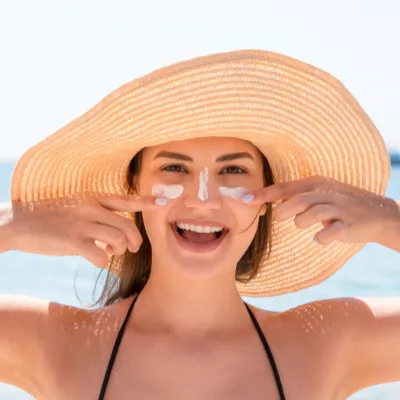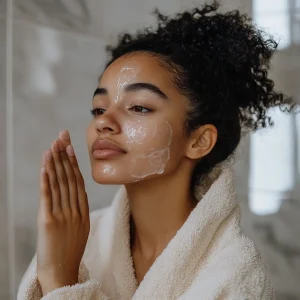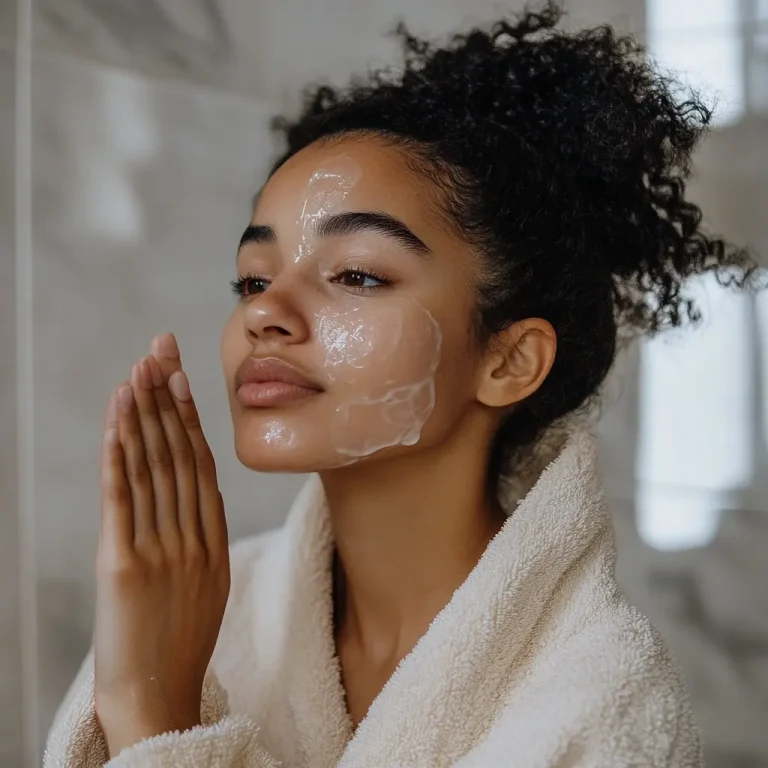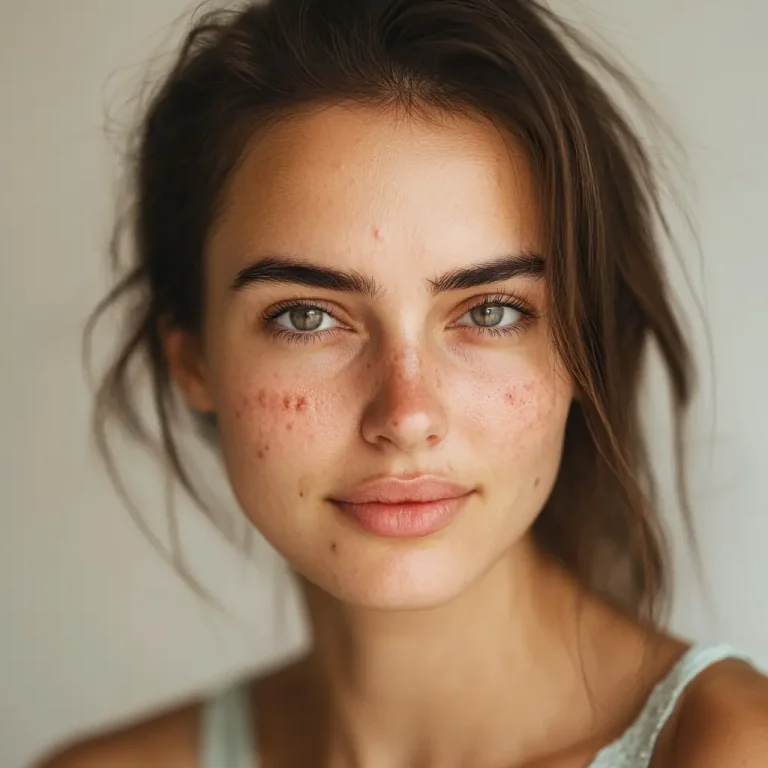Sunscreen is an essential tool in protecting our skin from the harmful effects of UV rays. However, certain misconceptions and myths surrounding its usage can result in inadequate protection and potential skin damage.
Putting sunscreen as a part of your skincare routine is crucial if you want to protect your skin from the damaging effects of the sun. Be sure to choose a high-quality sunscreen and use it consistently to prevent wrinkles, acne, and other skin ailments.
This article will confidently debunk seven common myths about sunscreen, enabling you to make informed decisions about sun safety.
7 myths about sunscreen!
Myth 1: Darker Skin Doesn’t Need Sunscreen
Reality: All Skin Tones Need Protection
One pervasive myth is that individuals with darker skin tones are immune to sun damage. While it’s true that melanin, the pigment responsible for skin color, offers some natural protection against UV rays, it doesn’t provide complete immunity. People with darker skin are still at risk of sunburn, premature aging, and skin cancer. Regular use of sunscreen is important for everyone, regardless of skin tone.

Myth 2: Sunscreen Provides 100% Protection
Reality: No Sunscreen is Perfect
It’s important to understand that no sunscreen can completely protect against UV radiation. Even the highest SPF sunscreen cannot block all UV rays. The effectiveness of a sunscreen is measured by its Sun Protection Factor (SPF), which indicates the level of protection it offers against UVB rays. However, combining sunscreen with protective clothing like a hat and sunglasses can maximize protection.

Myth 3: Sunscreen Is Only Necessary on Sunny Days
Reality: UV rays should be worn Year-Round.
It is important to note that UV rays can still cause skin damage even on cloudy days, as they can penetrate through clouds. Therefore, it is highly recommended to apply sunscreen daily to prevent sunburn and protect your skin.
Myth 4: Higher SPF Offers Significantly Better Protection
Reality: Low Incremental Protection with Higher SPF
The SPF number on sunscreen labels indicates the level of protection against UVB rays, which are responsible for causing sunburn. Although higher SPF provides more protection, the difference isn’t as significant as one might believe. For instance, SPF 30 blocks about 97% of UVB rays, while SPF 50 blocks roughly 98%. It’s essential to remember that the key to effective sun protection lies in correct and frequent application.

Myth 5: Applying Sunscreen Once Is Enough for the Day
Reality: Regular Reapplication is essential
Applying sunscreen in the morning and expecting it to protect throughout the day is a common mistake. Sunscreen wears off over time due to sweating, rubbing, and environmental conditions. Reapplication is essential to maintain consistent protection. Aim to reapply sunscreen every two hours and more frequently.
Myth 6: Cosmetic products with SPF can replace sunscreen
Reality: apply sunscreen before putting on makeup
It is a common misconception that makeup with SPF can replace the need for sunscreen. However, the truth is that the amount of makeup you apply is likely not enough to provide adequate protection from the sun. Additionally, areas of the skin that are not covered by makeup, such as the neck and hands, are still exposed to harmful UV rays.
Cosmetic products with SPF are not a replacement for sunscreen; you should apply sunscreen before putting on makeup for added protection.
Another important thing that you should pay attention to is reapply your sunscreen every 2 hours, and you definitely cannot apply a new foundation every two hours on top of your previous foundation.

Myth 7: Sunscreen Prevents Vitamin D Production Completely
Reality: Balance is the Key
While it’s true that sunscreen can reduce the skin’s ability to produce vitamin D when exposed to sunlight, it doesn’t block this process entirely. You can still benefit from some vitamin D synthesis while using sunscreen. If you’re worried about vitamin D levels, you can spend briefly in the sun without sunscreen, preferably during the sun is not at its peak in the sky.
How to choose the right sunscreen
To ensure you’re getting the proper protection from the sun, there are a few key qualities to look for in your sunscreen.
- Opt for an SPF of 30 or higher
- ensure it’s labeled as a “broad spectrum” to shield you from UVA and UVB rays.
- If you plan on swimming or sweating, use a water-resistant formula to keep you covered.
Remember, these simple steps can go a long way in safeguarding your skin from harmful sun damage.
In conclusion, understanding the realities of sunscreen usage is important for protecting our skin against the sun’s harmful rays. By dispelling these myths, we can make well-informed decisions and adopt comprehensive sun protection practices. Remember, sunscreen is just one piece of the sun protection puzzle. Put it on regularly, reapply as necessary, and combine it with other sun safety measures to ensure optimal skin health.









